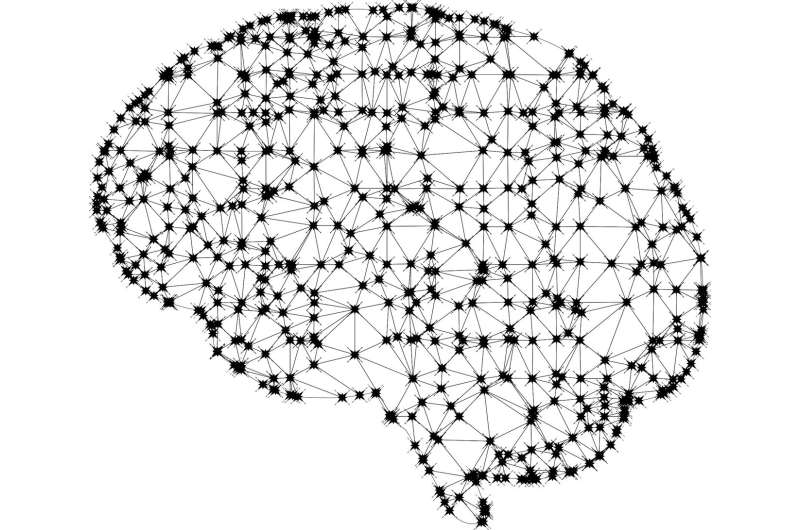
Like a good story, feeding has a beginning, a middle and an end. It begins with appetite prompting the search for food, continues with eating the food and it ends when satiation hits and the consumption of food is stopped.
At Baylor College of Medicine, Dr. Qi Wu, Dr. Yong Han and their colleagues have uncovered new aspects of the last part of this story that relate to the little-known neural circuits and neurotransmitters involved in ending food consumption.
The team discovered a novel circuit that connects a unique subset of dopamine-producing neurons with downstream neurons in the hindbrain (lower brainstem) and potently suppresses food intake by triggering satiation in mice. They also found that the FDA-approved drug methylphenidate (MPH) mediates its noticeable weight loss effect by activating this particular circuit, opening the possibility that regulating this circuit might help people control weight. The study appears in the journal Science Advances.
“Many people struggle with weight control, eating more than what the body needs, which adds extra pounds that can lead to obesity and higher risk of serious conditions such as heart disease, stroke and type 2 diabetes,” said Han, a postdoctoral associate in pediatrics-nutrition in the Wu lab and the first author of this study. “Our lab is interested in improving our understanding of what goes on in the brain during feeding with the hope that our findings might one day help people better control their weight.”
New insights into brain regulation of the satiation response:
“The current study is about a circuit in the brain that helps to precisely regulate the size of the food portion that is consumed,” said Wu, assistant professor in pediatrics-nutrition and the corresponding author of the study. “It is not about how eating begins but about how it ends. It’s about the satiation response, which is as important as appetite.”
Using several advanced techniques to study neural function, including cell-specific circuitry mapping, optogenetics and real-time recordings of brain activity, the researchers discovered a novel neural circuit that connects a unique group of dopamine-producing neurons called DA-VTA with downstream target neurons known as DRD1-LPBN and regulates food consumption in mice.
The team examined the activities of the two sets of neurons while the mice were eating. They observed that the activity of these DA-VTA neurons increased immediately before the animals stopped eating. When the researchers genetically inhibited these neurons, the animals prolonged their feeding, drastically increasing the portion size. This suggests that inhibiting the circuit prevented the satiation response. They also found that enhancing the activity of the DRD1-LPBN neurons, which receive signals from the DA-VTA neurons, robustly generated the response of meal termination.
The researchers also found that the novel circuit mediated the weight loss effect that is associated with taking the drug MPH, which is approved for mitigation of attention deficit hyperactivity disorder.
“Other brain circuits have been proposed to regulate feeding, but the one we discovered is the first to be fully described to regulate portion size via dopamine signaling,” Han said. “Our new study shows that a circuit connecting neurons that produce dopamine, a chemical messenger previously known for the regulation of motivation and pleasure, has a new role in the control of feeding through dynamically regulating the satiety response.”
“Our finding that MPH suppresses feeding and reduces body weight in laboratory mice by strengthening the dopamine-supported novel circuit we discovered, suggests a potential off-label application of a class of MPH and derivatives in tackling obesity,” Wu said. “This also has implications for the future development of circuitry-based precision medicine that can deliver weight-reducing results with higher safety and effectiveness.”.
Baylor College of Medicine

